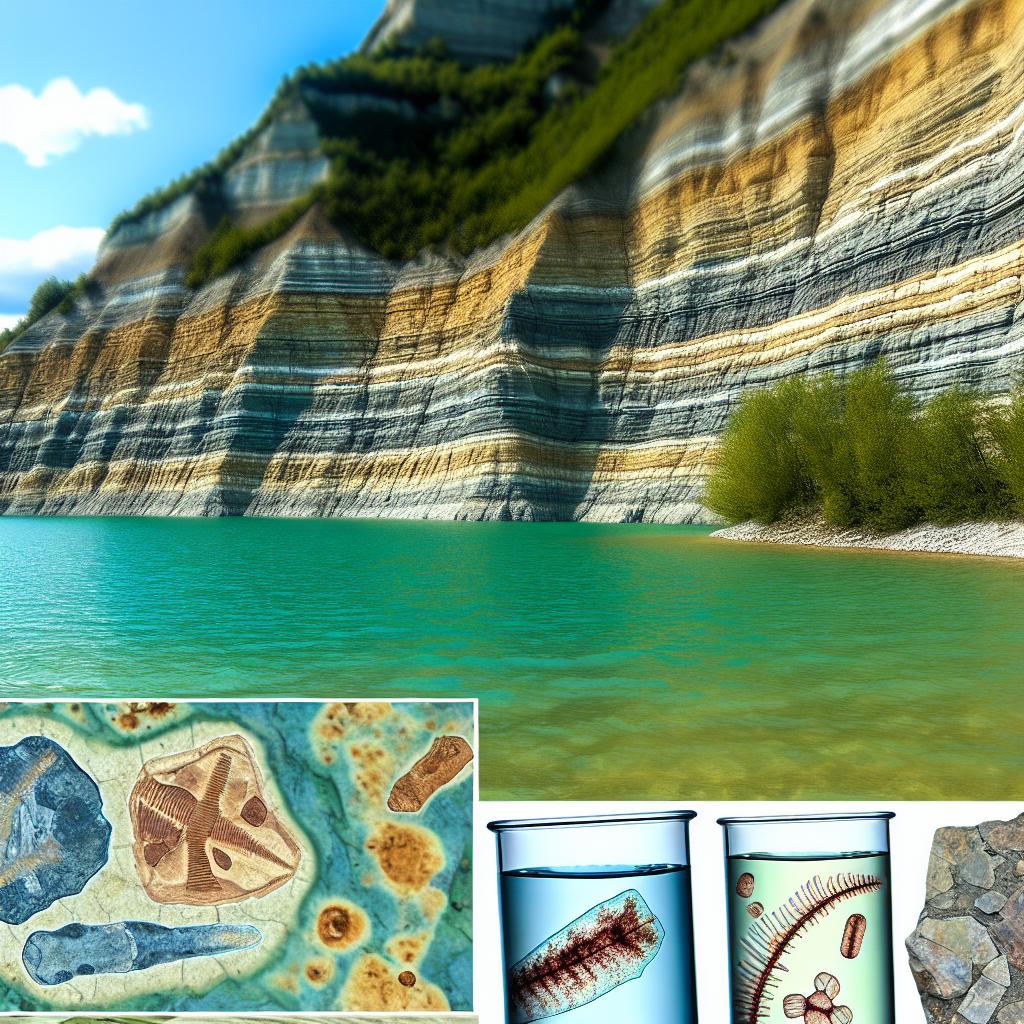Introduction
Fossils and geological discoveries found in lake environments provide a unique and informative glimpse into Earth’s history and the dynamic processes of life evolution. Compared to terrestrial records, these aquatic counterparts are often remarkably well-preserved. This is largely due to the low-energy sedimentary conditions of lake beds, which protect the remains of ancient organisms. In this article, we will delve into the fascinating findings from lake fossils, examine their formation, highlight significant geological discoveries, and discuss their implications for paleoclimate studies.
The Formation of Lake Fossils
Lakes, with their sedimentary nature, act as excellent repositories for fossils. When organisms come into these water bodies, they are often enveloped quickly by accumulating sedimentary layers. This natural burial protects them from decay and creates well-crafted fossils that allow paleontologists to reconstruct past ecosystems and climatic conditions.
Fossil Types Found in Lakes
The types of fossils commonly found in lake environments vary, capturing both aquatic and any transported terrestrial life:
Fish and aquatic plants: As frequent finds in lake settings, these fossils provide crucial insights into historical freshwater biodiversity and environmental conditions at certain time points.
Invertebrates: Mollusks, insects, and crustaceans are often discovered in lake deposits, offering valuable data about historical trophic structures and habitat conditions.
Terrestrial animals: Although less common, remains of larger terrestrial creatures, such as mammals found in lakes, can reveal information about historical migration patterns and shedding light on ancient climate changes.
Significant Geological Discoveries
A number of significant fossil discoveries have been made throughout history in lake environments, offering a window into distant past ecosystems.
Fossil Lakes
One distinguished site is the Green River Formation in Wyoming, USA. This ancient lake bed is famous for its exceptionally preserved fish fossils, which date back approximately 50 million years. The Green River Formation offers more than just fish; it includes an assortment of ancient life forms such as plants, snakes, and birds, thereby providing a comprehensive look at early Eocene ecosystems.
Lagerstätte Sites
Lagerstätte, a term for sedimentary deposits rich in fossils, is closely linked with lake environments. These sites are known for their highly detailed preservation, sometimes capturing soft tissues. The Messel Pit in Germany stands out as a preeminent example, designated a UNESCO World Heritage site. This site has yielded a remarkable collection of perfectly preserved specimens from the Eocene epoch, involving mammals, birds, and reptiles.
Implications for Paleoclimate Studies
Beyond fossils, lake sediments themselves offer valuable geological records, offering researchers insights into past climatic conditions. Detailed analyses of lake cores can reveal key climatic patterns and changes over time.
Climate fluctuations: By conducting isotopic analysis on lake sediments, scientists can uncover past variations in temperature and precipitation, providing a clearer picture of historical climate dynamics.
Vegetation changes: Pollen and plant remains captured in lake sediments serve as indicators of past vegetation shifts. These findings are critical for understanding how ecosystems have responded to climate changes.
Human activity: More recent layers of lake sediments sometimes show evidence of human influence, providing data on agricultural practices and the impacts of industrialization over time.
Conclusion
The study of fossils and geological formations within lakes offers a profound understanding of Earth’s historical narrative. They unravel the ancient history of life and enrich our comprehension of climatic and ecological transformations over millions of years. The knowledge obtained from studying these sites empowers numerous scientific disciplines, fostering a deeper appreciation of our planet’s past. For those interested in further exploration into geological studies, visiting The Geological Society can provide additional resources and insights.
